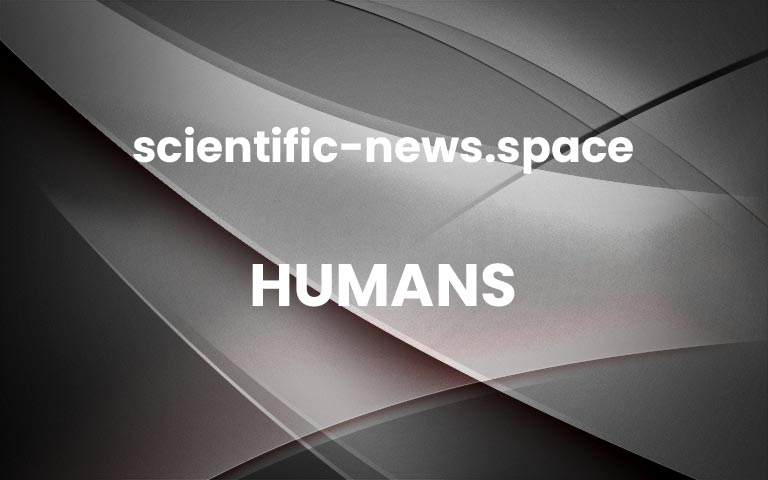Glitterati review: Compelling sci-fi satire with hints of Black Mirror
By Sally Adee
Memories are subject to the same pressures as fashion in Glitterationurdongel/Getty Images
Eversion
Alastair Reynolds
GollanczAdvertisement
YOUR autobiographical memory can’t be trusted, and science has determined that this isn’t a bug, but a feature. The remembered stories from which we braid our identity bend and swerve to serve the narrative needs of our circumstances because our minds happily trade veracity for coherence and narrative. This strange space between recollection and construction is explored in two mesmerising books out this month.
Eversion by Alastair Reynolds concerns itself with how this constant process of layering and recasting can create meaning and purpose in the most desolate circumstances. The story starts on a ship dodging icebergs in the North Sea during the 17th century, and unfolds into a virtuoso genre-hopping puzzle.
It isn’t every day you get to experience a perfect collision of the Romantic macabre of Edgar Allan Poe and H. P. Lovecraft with The Usual Suspects and 2001: A Space Odyssey. So much of the book’s joy is working out which bits are real and which are misdirection on the way to unlocking the final mystery. Trust me, you don’t want this spoiled by more plot details.
It is no spoiler to say that Reynolds shows how such stories can be moulded to make us better humans. But memories can also be weaponised to keep our identities in stupefied thrall to capitalism, and this darker aspect gets an ample airing in Oliver Langmead’s Glitterati.
The star of this speculative satire is Simone. He is a fashionite, a rarefied type of super influencer whose every whim is lavishly catered for and documented by magazines read only by fashionites. For example, during a brief hospitalisation, he spies a regular proletarian gown among the haute couture medical gowns available to him. He complains and the item is summarily burned.
Simone and his fabulous friends and enemies are suspended in a vicious, never-ending battle for status, fought through clothes, make-up and accessories, sometimes leaving literal fashion victims in their wake. This sense of dangerously pointy high stakes beneath the ruffles and froth recalls writers like Edith Wharton, whose stories dissect the mores of the very rich who lived and schemed during the so-called Gilded Age of the 19th-century US.
Beyond a deft, wicked skewering of influencer culture, Langmead inhabits his protagonists’ fetishistic delight with the material world. His deliciously sensory prose puts you inside that colossal closet, running your fingers through the gossamer folds of a spider-silk gown.
Glitterati starts like puff pastry, a comedy of manners stuffed with buffoonery and characters whose trivial, self-inflicted miseries you can chortle at with abandon. But it ends like a shot of Black Mirror.
Simone’s lifestyle isn’t without costs. Along with the right clothes, he needs the right memories. And that is when a darker reality emerges, showing why these fluffy idiots can’t care about anything more than matching their outrageously expensive outfits to their false eyelashes.
At this point, it becomes clear that rather than being privileged scions, people like Simone are just pretty cogs in a vast apparatus that grinds humanity into capital. The reader begins to sympathise and have a stake in Simone’s ability to escape – and perhaps also starts to wonder which forces bend our own (flawed) memories.
Sally also recommends…
The This
Adam Roberts
Gollancz
Memory also plays a starring role in The This by Adam Roberts, but the utility of an individual’s identity itself is called into question in this mash-up of the sum of Nick Bostrom’s worst fears in Superintelligence and the alien weirdness of Arthur C. Clarke’s Childhood’s End.
More on these topics: More


